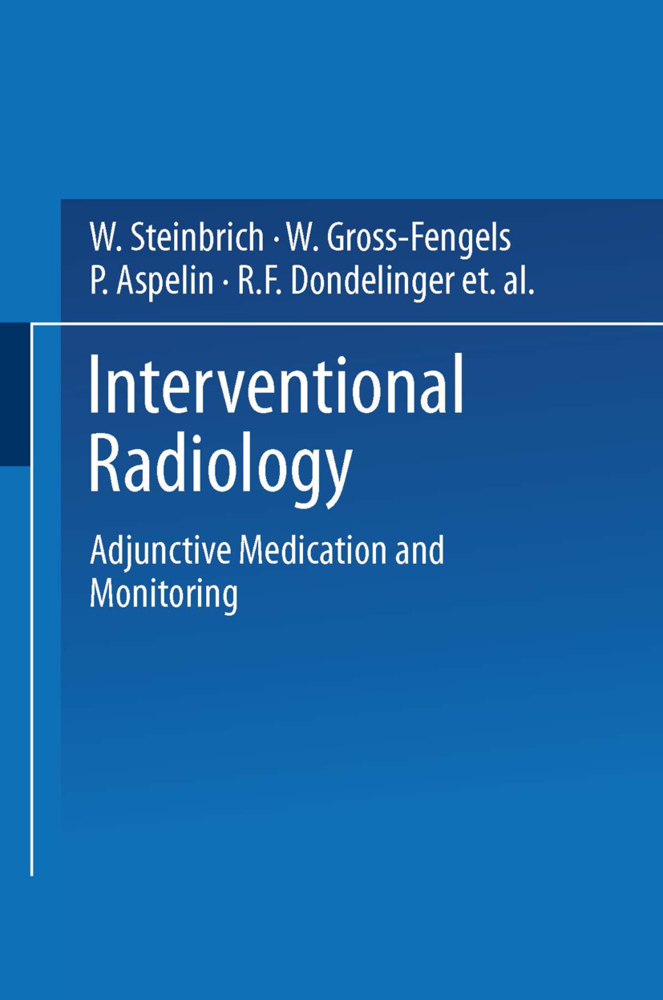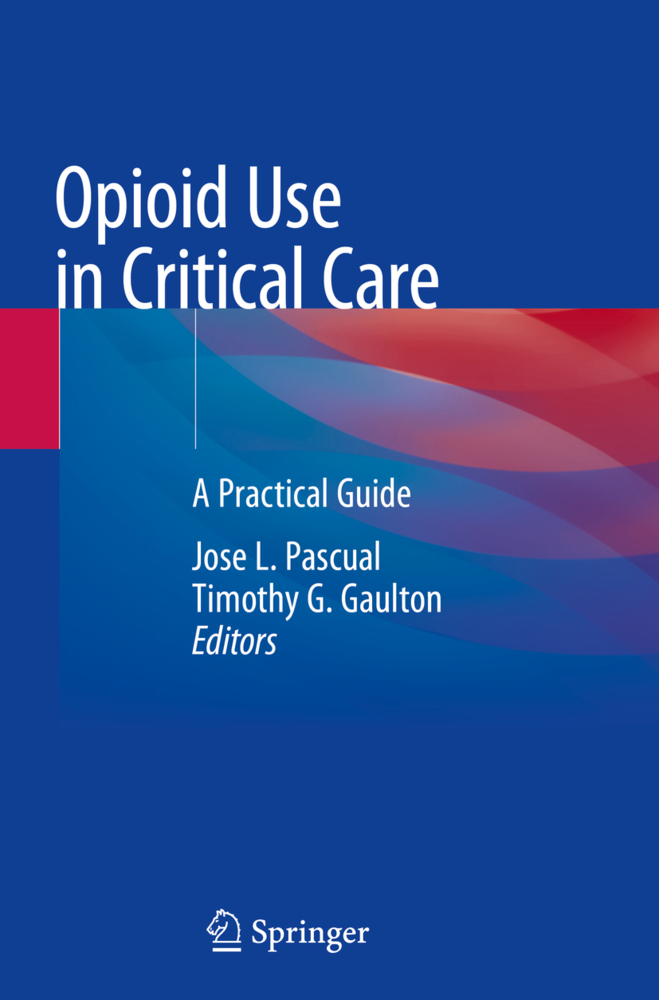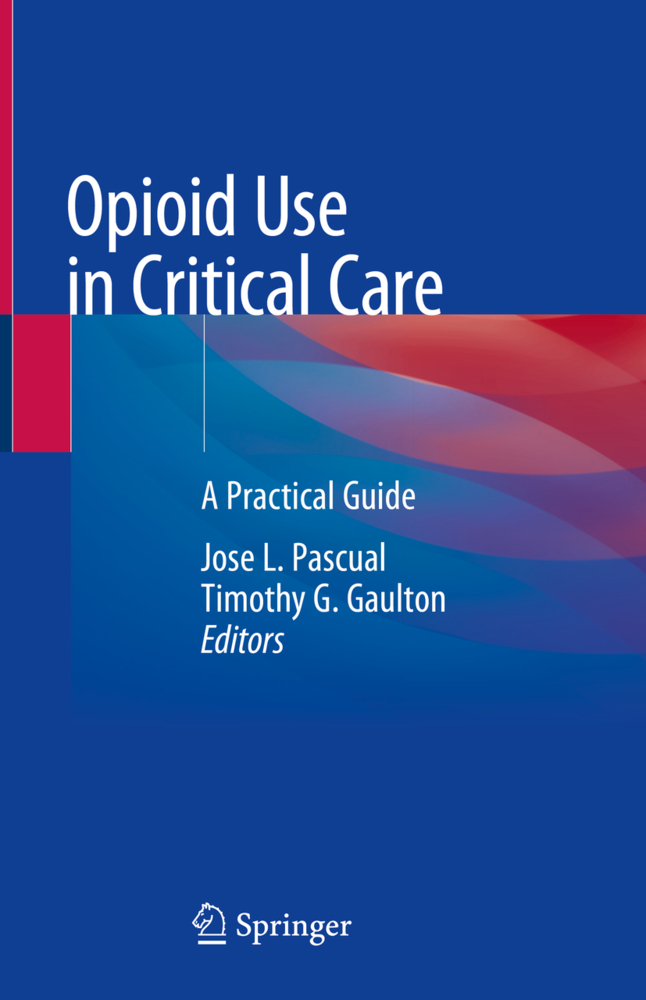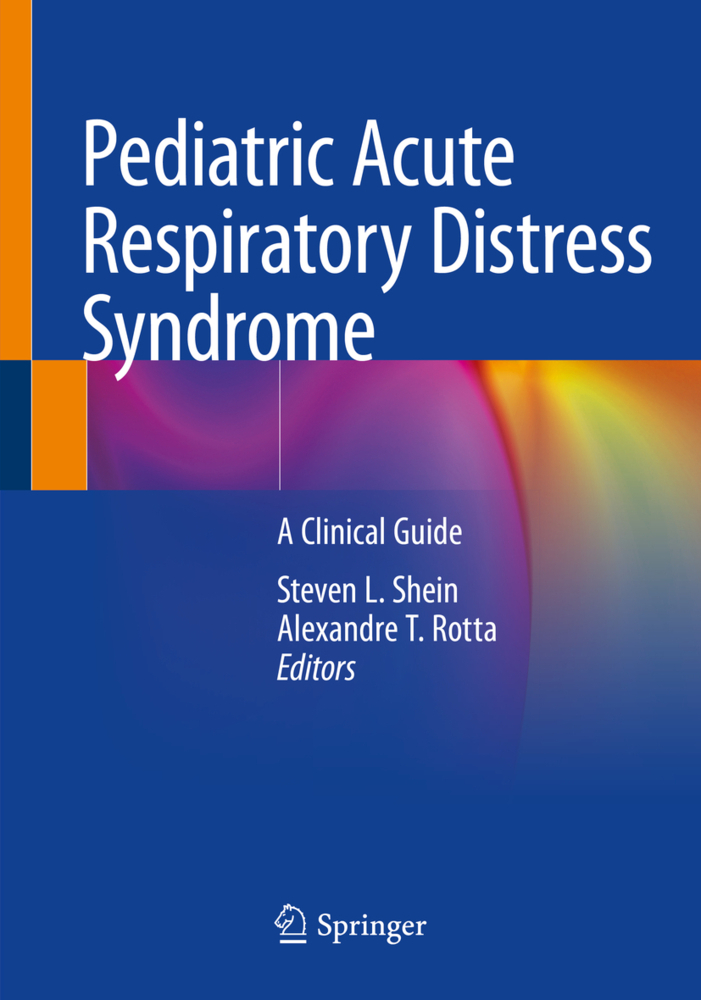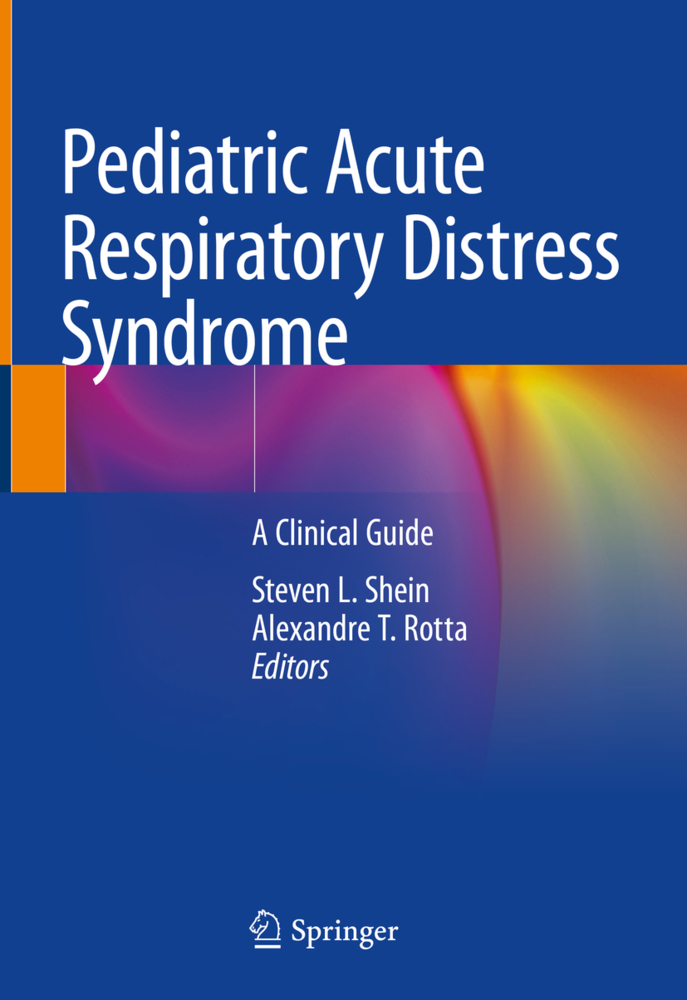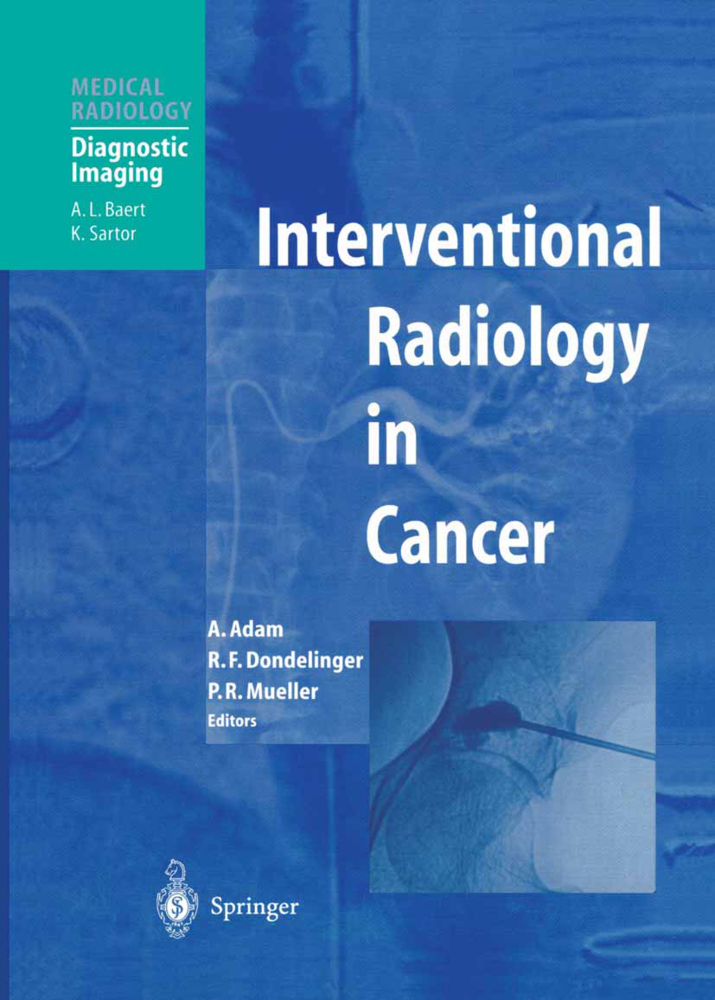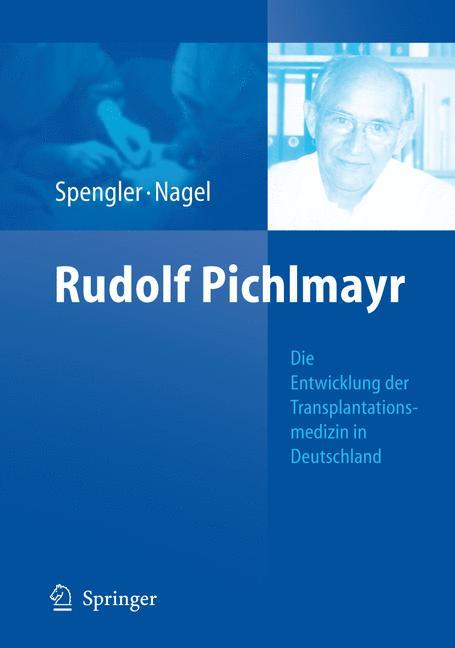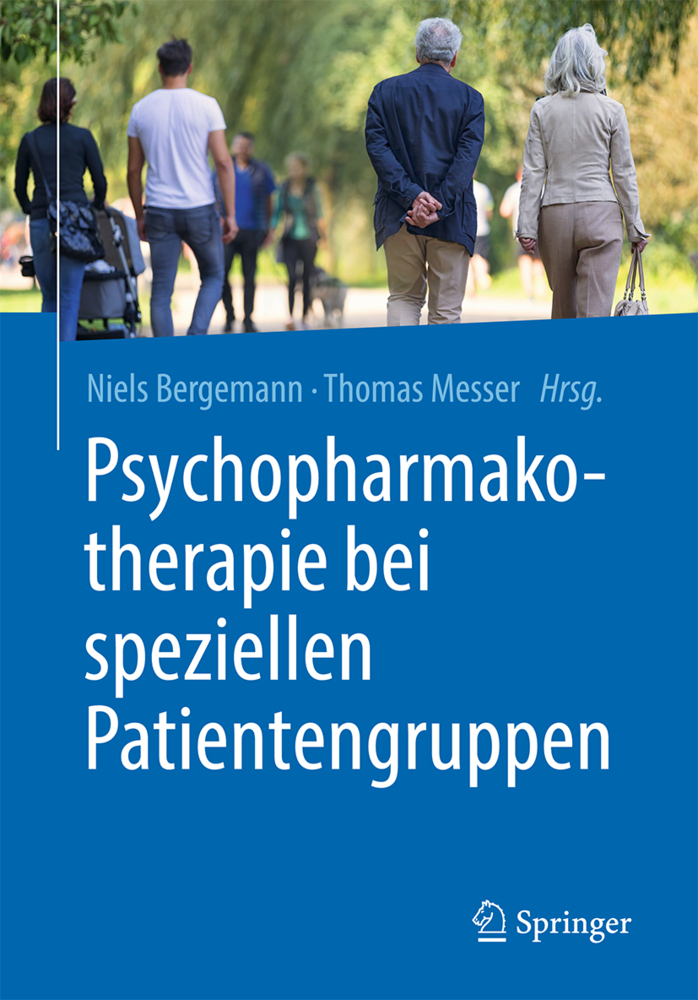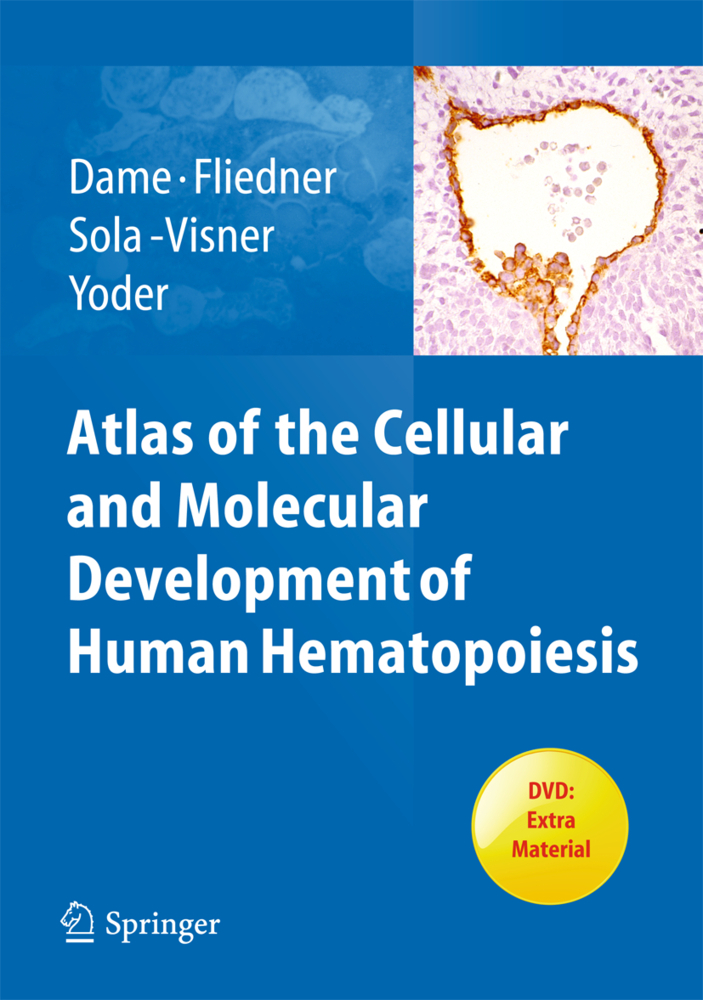Interventional Radiology
Adjunctive Medication and Monitoring
Interventional Radiology
Adjunctive Medication and Monitoring
Over the years, interventional radiology has developed many effective and less invasive procedures. As the number and types of interven tions increase, radiologists are becoming more and more involved in clinical patient care. This includes pre-interventional patient workup, sophisticated medical therapy and monitoring during interventions, regular inpatient rounds and complete follow-up management. Therefore interventional radiologists are faced with a broad spectrum of clinical and pharmacological questions. Adjunctive medical therapy should increase the patient's comfort, should improve the success rates, and should further reduce the risks of the procedures. In order to fulfill our responsibility to the patients, a profound knowledge of certain drugs is indispensable. This in cludes, for example, sedatives, analgesics, cardiovascular drugs and agents to prevent infections, thromboembolic complications or restenoses. Moreover, a good monitoring system during complex procedures will increase the safety of radiological interventions. These topics and several more have been presented and discussed during an international symposium in Basel, Switzerland, in January 1992. It is the benefit of the authors, that all these results could be published shortly after the event. Connected with our thanks to all the co-workers the editors hope to find this publication assisting an increasing number of safe interventions.
Sedation and Anesthesia in Radiologic Interventions
Special Aspects of Analgesia, Sedation, and Anesthesia in Children
Pathophysiologic Aspects of Blood-Pressure Dysregulation, Hypovolemia, and Microcirculation
Treatment of Disturbances in Blood-Pressure Regulation, Volume Homeostasis, and Microcirculation During Interventional Radiologie Procedures
Equipment and Training of Staff for Patient Monitoring in Interventional Radiology
Technical Monitoring During Radiologic Interventions - What Can Be Done and What Must Be Done
Monitoring of Vital Functions in the Course of Interventional Radiology Procedures
Pathophysiology of Blood Clotting in Relation to Radiologic Interventions
Use of Anticoagulants and Clotting Agents - Procedures in Patients with Pre-existing Coagulation Disorders
Drug Therapy During Venous Interventions and Vena Cava Filter Procedures
Adjunctive Medication, Therapy, and Special Monitoring in Embolization Procedures
Drug Therapy, Monitoring, and Function Testing in Neuroradiologic Interventions
Drug Therapy in Computed-Tomography-Guided Interventional Procedures
The Pathophysiology of Contrast Media Use
Improving Contrast Media Tolerance - Pharmacologic Options and Treatment of Allergic Reactions
Type and Incidence of Serious Complications During and After Interventional Radiologic Procedures
Treatment of Cardiovascular Complications During Radiologic Interventions
Incidence and Treatment of Complications During Neuroradiologie Interventions
Pathophysiology of Restenosis After Percutaneous Transluminal (Coronary) Angioplasty
Pharmacologie Prevention of RestenosisFollowing Angioplasty.
Pharmacologic Bases of Sedatives, Analgesics, and Anesthetic Agents
Analgesia and Sedation in the Hands of the Interventional RadiologistSedation and Anesthesia in Radiologic Interventions
Special Aspects of Analgesia, Sedation, and Anesthesia in Children
Pathophysiologic Aspects of Blood-Pressure Dysregulation, Hypovolemia, and Microcirculation
Treatment of Disturbances in Blood-Pressure Regulation, Volume Homeostasis, and Microcirculation During Interventional Radiologie Procedures
Equipment and Training of Staff for Patient Monitoring in Interventional Radiology
Technical Monitoring During Radiologic Interventions - What Can Be Done and What Must Be Done
Monitoring of Vital Functions in the Course of Interventional Radiology Procedures
Pathophysiology of Blood Clotting in Relation to Radiologic Interventions
Use of Anticoagulants and Clotting Agents - Procedures in Patients with Pre-existing Coagulation Disorders
Drug Therapy During Venous Interventions and Vena Cava Filter Procedures
Adjunctive Medication, Therapy, and Special Monitoring in Embolization Procedures
Drug Therapy, Monitoring, and Function Testing in Neuroradiologic Interventions
Drug Therapy in Computed-Tomography-Guided Interventional Procedures
The Pathophysiology of Contrast Media Use
Improving Contrast Media Tolerance - Pharmacologic Options and Treatment of Allergic Reactions
Type and Incidence of Serious Complications During and After Interventional Radiologic Procedures
Treatment of Cardiovascular Complications During Radiologic Interventions
Incidence and Treatment of Complications During Neuroradiologie Interventions
Pathophysiology of Restenosis After Percutaneous Transluminal (Coronary) Angioplasty
Pharmacologie Prevention of RestenosisFollowing Angioplasty.
Steinbrich, W.
Gross-Fengels, W.
Gross-Fengels, W.
Aspelin, P.
Dondelinger, R. F.
Essinger, A.
Frei, F. J.
Geller, E.
Hertfelder, H.-J.
Hörnchen, U.
Jacob, A.
Jäger, K.
Kadir, S.
Keeffe, E. B.
Kiowski, W.
Lackner, K.
Laurent, A.
Neuhaus, C.
Pfisterer, M.
Radü, E. W.
Rudofsky, G.
Walter, R. M.
Zeitler, E.
Zollikofer, C. L.
| ISBN | 978-3-662-01656-5 |
|---|---|
| Artikelnummer | 9783662016565 |
| Medientyp | Buch |
| Copyrightjahr | 2014 |
| Verlag | Springer, Berlin |
| Umfang | XIII, 272 Seiten |
| Abbildungen | XIII, 272 p. 7 illus. |
| Sprache | Englisch |

